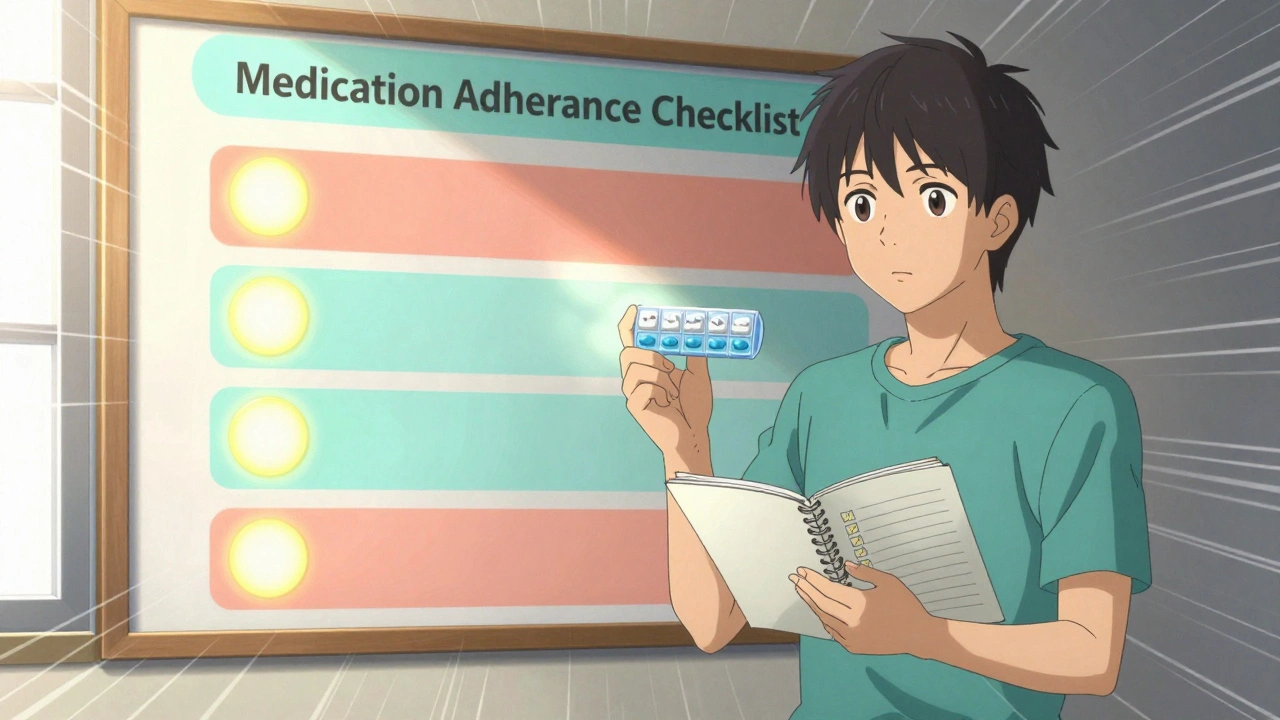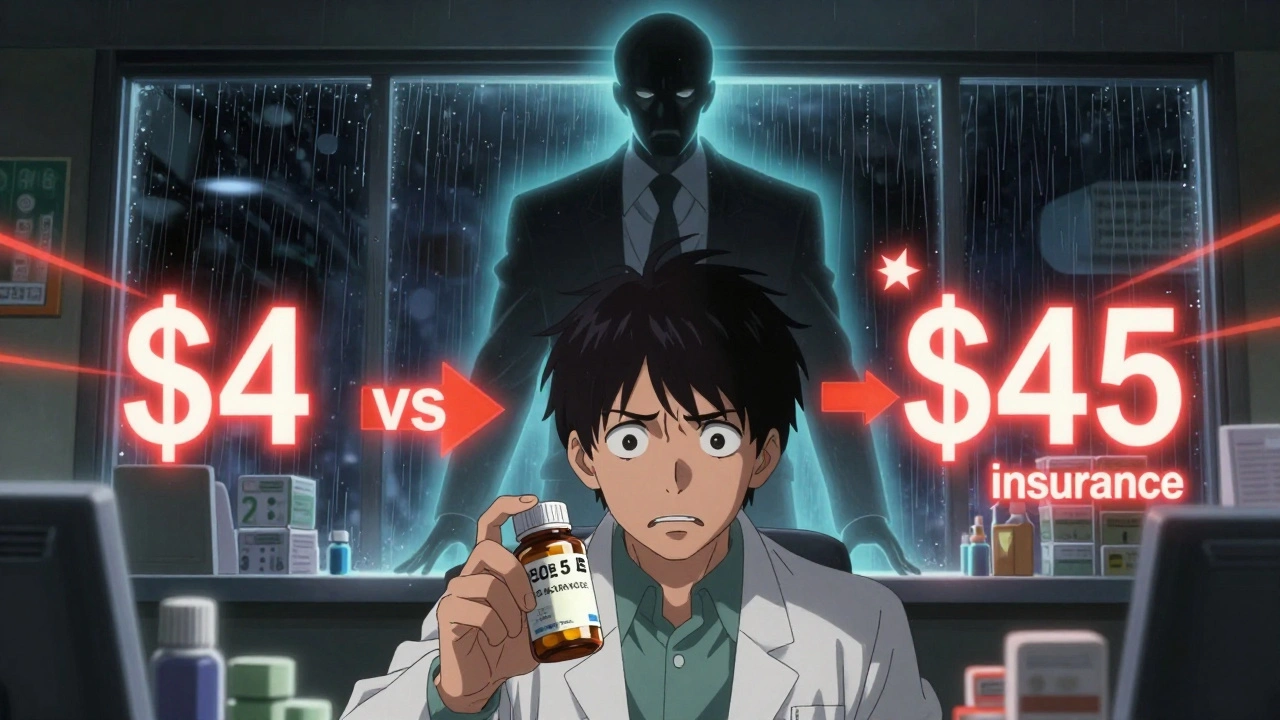Antibiotics Use: How to Take Them Right
Antibiotics help when bacteria cause real harm. But used the wrong way they lose power and can cause side effects. This guide gives simple, practical steps you can follow right now to use antibiotics safely and get better faster.
When you actually need antibiotics
Don’t reach for antibiotics for every sore throat or cough. Most colds and flus are viral and won’t get better with antibiotics. Antibiotics are for bacterial infections like some cases of strep throat, urinary tract infections, certain skin infections, and some ear or sinus infections when a doctor confirms bacteria are involved.
If you’re unsure, ask your clinician about tests. A rapid strep test, urine test, or basic exam can show whether bacteria are likely. If the doctor doesn’t prescribe antibiotics, ask how to manage symptoms and when to come back if things worsen.
Quick rules to follow
- Follow the exact dose and schedule your prescriber gives. Missing doses can let bacteria survive and develop resistance.
- Finish the prescribed course unless your doctor tells you to stop. Don’t save leftovers for later illnesses or share meds with others.
- Tell your provider about allergies, pregnancy, breastfeeding, or other medicines you take — some antibiotics interact with common drugs.
- Take antibiotics with or without food only as instructed. Some need food to reduce stomach upset; others work better on an empty stomach.
- Avoid alcohol if your antibiotic label warns against it. For others, check with your pharmacist to be safe.
Want fewer tummy problems? Ask about probiotics. Taking a probiotic during and after a course can reduce the chance of antibiotic-associated diarrhea for many people.
Keep in mind that using antibiotics too often makes them less effective for everyone. That’s antibiotic resistance — bacteria evolving so common drugs no longer work. Your careful use helps protect you and your community.
If you buy meds online, pick licensed pharmacies and check reviews. Fake or low-quality antibiotics can harm you and speed resistance. If a deal looks too good or the site asks for no prescription when one’s normally required, walk away and ask your healthcare team for safe options.
Watch for side effects like severe diarrhea, rash, swelling, difficulty breathing, or new symptoms that worry you. If any of these appear, stop the medicine and seek urgent care. Mild side effects like nausea or mild stomach upset are common; talk to your pharmacist about ways to reduce them.
Keep communication open. If your symptoms don’t improve in 48–72 hours after starting antibiotics, call your doctor. You might need a different drug, an additional test, or follow-up care. Using antibiotics right is simple: only for bacterial infections, follow directions, and check in with a pro when in doubt.
For more on safe medicine buying and specific drug guides, check our related articles on online pharmacy reviews and drug safety.
Vaginal infections and the use of antibiotics: What you need to know
In my latest blog, I delve into the common issue of vaginal infections and the role of antibiotics in treatment. I discuss the different types of infections, such as bacterial vaginosis and yeast infections, and how they can be effectively treated with antibiotics. I also touch on the importance of proper usage of these medicines and the potential risk of antibiotic resistance. I emphasize the need for a professional diagnosis before starting any treatment, as self-diagnosing can lead to more harm than good. Lastly, I stress the importance of maintaining good vaginal health to prevent these infections.






